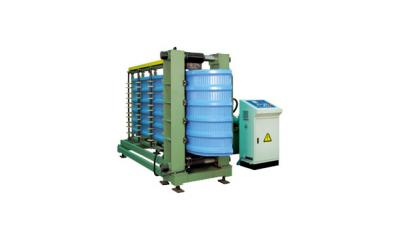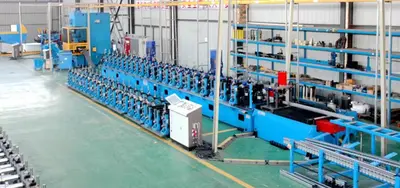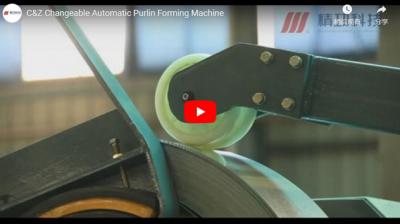Ensuring High Standards in EPS Panel Production Line
In the construction industry, EPS panels are widely used for their insulation properties, lightweight construction, and ease of installation. To meet the growing demand for EPS panels, manufacturers need to ensure high standards in their production processes. One crucial aspect of this is having a reliable EPS panel production line in place.
What is an EPS Panel Production Line?
An EPS panel production line is a manufacturing system that is specifically designed for the mass production of EPS panels. This production line typically consists of machinery and equipment that are used to shape, cut, and assemble EPS panels according to specific design specifications. By automating the production process, an EPS panel production line increases efficiency, reduces labor costs, and improves the overall quality of the end product.
Importance of High Standards in EPS Panel Production Line
Ensuring high standards in an EPS panel production line is essential for several reasons. Firstly, it helps to maintain consistency in the quality of the panels produced, which is crucial for meeting the requirements of construction projects. Poorly manufactured EPS panels can lead to issues such as poor insulation, structural weaknesses, and costly repairs. By upholding high standards in the production process, manufacturers can minimize the risk of such problems and build a reputation for reliability and excellence.
Secondly, high standards in an EPS panel production line are essential for ensuring the safety of workers and the environment. EPS panels are made from expanded polystyrene, which can release harmful fumes if not processed correctly. By adhering to strict quality control measures in the production process, manufacturers can minimize the risk of accidents and reduce their environmental impact.
Key Components of an EPS Panel Production Line
A typical EPS panel production line consists of the following key components:
EPS pre-expander: This machine is used to pre-expand the polystyrene beads, which are then molded into a specific shape to form the EPS panels.
Shape molding machine: This machine is used to shape the pre-expanded polystyrene beads into the desired form of the EPS panels. It uses steam and pressure to mold the beads into the required shape.
Cutting machine: This machine is used to cut the shaped EPS panels to the required dimensions and angles. Precision cutting is crucial for ensuring that the panels fit together seamlessly during installation.
Assembly line: This is where the cut EPS panels are assembled into larger panels or structures. This may involve adding additional components such as facings, coatings, or adhesives to enhance the performance of the panels.
By incorporating these key components into their production line, manufacturers can ensure that their EPS panels are produced to the highest standards of quality and performance.
In conclusion, ensuring high standards in EPS panel production line is crucial for meeting the demands of the construction industry, maintaining product quality, and ensuring the safety of workers and the environment. By investing in a reliable EPS panel production line and adhering to strict quality control measures, manufacturers can achieve these goals and establish themselves as leaders in the market. With the increasing emphasis on energy efficiency and sustainable building practices, the demand for high-quality EPS panels is only expected to grow in the future, making it more important than ever for manufacturers to uphold high standards in their production processes.


 CN
CN
 EN
EN
 fr
fr  de
de  es
es  it
it  ru
ru  pt
pt  ar
ar  th
th  pl
pl  ro
ro 







 Call us on:
Call us on:  Email Us:
Email Us:  #1809, Jianhu Rd, Keqiao, Shaoxing, Zhejiang, China
#1809, Jianhu Rd, Keqiao, Shaoxing, Zhejiang, China 